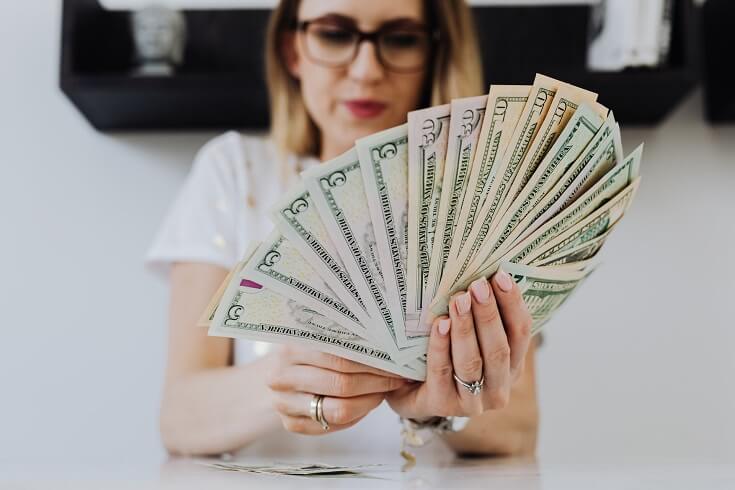Value-Added Tax (VAT), also known as Goods and Services Tax (GST) or General Consumption Tax (GCT), is a consumption tax levied on the value added at each stage of a product’s production and distribution. Unlike sales tax, which is only paid at the final point of sale, VAT is collected throughout the supply chain. As an indirect tax, the burden ultimately falls on the consumer, although it is paid by businesses at each stage. Specific goods and services are often exempted in various jurisdictions to lessen the impact on consumers.
VAT is a common tax system used by over 160 countries worldwide, raising about a fifth of total tax revenues globally and among OECD members. Typically implemented as a destination-based tax, VAT is charged based on the location of the consumer, not the producer. Products exported to other countries are generally exempt from VAT through a rebate to the exporter, ensuring that the tax burden is not carried over international borders. This comprehensive guide explores the fundamentals, advantages, and disadvantages of VAT, offering a clear understanding of its impact on economies and consumers.
Key Takeaways
- VAT is applied at each point in the supply chain where value contributes to a product.
- Proponents claim that VAT increases government revenues without disproportionately taxing the wealthy.
- Critics argue that VAT places a heavier burden on lower-income consumers.
- The U.S. does not implement VAT, unlike many other industrialized countries.
Also read: Indonesia Tax Rate: An Updated Guide
What Is Value-Added Tax (VAT)?
Value-Added Tax (VAT) is a consumption tax that gets levied on goods and services at every stage of the supply chain, from production to the point of sale. The amount of VAT paid by the consumer is based on the cost of the product, minus any costs of materials that were taxed at previous stages. VAT rates vary by country, and some countries, including the United States, do not impose a VAT.
Unlike sales tax, which is only collected at the point of sale to the final consumer, VAT is collected throughout the supply chain.
VAT Example:
Consider a candy named Dulce in the country of Alexia with a 10% VAT:
- Manufacturer purchases raw materials for $2 plus 20 cents VAT, totaling $2.20.
- Manufacturer sells Dulce to retailer for $5 plus 50 cents VAT, totaling $5.50. The manufacturer remits 30 cents VAT to the government (50 cents – 20 cents).
- Retailer sells Dulce to consumers for $10 plus $1 VAT, totaling $11. The retailer remits 50 cents VAT to the government ($1 – 50 cents).
Advantages and Disadvantages of VATs


Advantages
- Closes tax loopholes: VAT simplifies tax codes and makes it harder to avoid taxes.
- Incentivizes earning: If VAT replaces income tax, people keep more of their earnings and are taxed only when purchasing goods.
- Stable revenue source: VAT provides a steady revenue stream based on consumption.
Disadvantages
- Increased business costs: Bookkeeping for VAT adds complexity, especially for international transactions.
- Potential for tax evasion: Smaller businesses may evade VAT by offering lower prices without official receipts.
- Conflicts with local governments: In the U.S., a federal VAT could conflict with state and local sales taxes.
- Higher prices: VAT can lead to higher consumer prices as businesses pass on the tax costs.
Also read: Indonesia Corporate Tax Rate: Navigating the Business Landscape
Value-Added Taxes vs. Sales Taxes
The primary difference between VAT and sales tax is the collection point. VAT is collected at each production stage, while sales tax is only collected at the final sale. Both can raise similar revenue, but VAT is collected in smaller increments throughout the supply chain, making it easier to track and less prone to double taxation.
Example:
Assuming a 10% VAT:
- Farmer sells wheat for 30 cents plus 3 cents VAT.
- Baker sells bread to a supermarket for 70 cents plus 7 cents VAT.
- Supermarket sells bread to a customer for $1 plus 10 cents VAT.
VAT Refunds
Non-residents who paid VAT in a visiting country may be eligible for refunds on certain purchases like clothing and jewelry. This typically requires receipts and paperwork at the departure point and may involve a service charge.
Who Benefits From VAT and Who Doesn’t?


Wealthier consumers may benefit more if VAT replaces income tax, as they spend a smaller proportion of their income on necessities compared to lower-income consumers. Critics argue that VAT disproportionately affects the poor.
Can Negative Effects on Lower-Income People Be Fixed?
Governments can mitigate VAT’s impact on lower-income individuals by excluding basic goods, applying lower VAT rates on essential items, or offering rebates and credits.
Also read; What is SPT (Tax Return) in Indonesia?
VAT Rates in Indonesia
In Indonesia, the general VAT (or called PPN – “Pajak Pertambahan Nilai” in Bahasa Indonesia) rate is 11%, with the possibility of adjustment between 5% and 15%. The export of taxable goods and certain services is taxed at 0%. You can check our comprehensive guide about What is PPN in Indonesia.
Businesses or companies are required to register for VAT once their annual revenue reaches IDR 4.8 billion. However, businesses with revenue below IDR 4.8 billion have the option to voluntarily register for VAT.
The registration of VAT taxpayer in Indonesia can be time consuming. For make it simpler and hasle-free, you can rely on InvestinAsia’s Indonesia tax consultant and compliance services. Our experienced team of professionals is ready to assist you in every tax matter, such as:
- Accounting and tax reporting services in Indonesia
- Indonesia Payroll Service
- Indonesia LKPM Reporting Service
- Indonesia VAT Taxpayers Registration
Contact us for a FREE tax consultation and get special offers!
In summary, VAT is a widely used consumption tax system that offers both benefits and challenges. It simplifies tax collection and increases revenue but can place a higher burden on lower-income consumers. Effective management and specific measures can help mitigate these drawbacks, making VAT a viable option for many economies.



